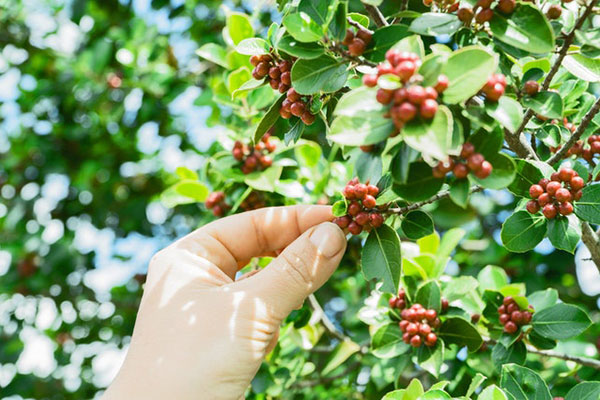Research Recap: Can shade-grown coffee prevent pest infestations and still be profitable?

A Bioeconomic Model of Ecosystem Services Provision: Coffee Berry Borer and Shade-Grown Coffee in Colombia
Disciplines represented:
Sustainability and Global Enterprise, Agriculture and Natural Resource Management, Crop and Pest Control Management, Coffee Agroforestry Systems, Bioeconomic Modeling
Schools/contributing organizations:
- Charles H. Dyson School of Applied Economics and Management, Cornell University
- Department of Natural Resources and Environment, University of New Hampshire
- Bayer CropScience in Germany
Co-authors:
- Shadi S. Atallah, assistant professor, University of New Hampshire
- Miguel I. Gómez, associate professor, Cornell University
- Juliana Jamarillo, scientist, Bayer CropScience
Summary:
In an Ecological Economics article, Gómez, his former student Shadi I. Atallah, and German scientist Juliana Jamarillo consider the viability of sun-grown vs. shade-grown coffee systems. The article:
- examines the shade cover range for which a coffee farmer is better off under a shade-grown system vs. a sun-grown system;
- discusses the computational, bioeconomic model developed by the researchers which includes shade-induced pest control services, crop growth services, and timber;
- finds that expected net present values in the shade-grown system can be higher, but only for shade cover levels between 11 and 34 percent;
- determines the optimal shading level is 25 percent in a baseline scenario.
Publication information:
- Presented at 18th annual Biodiversity and Economics for Conservation (BIOECON) conference, Cambridge UK, September 14–16, 2016
- Published in Ecological Economics, Volume 144, February 2018, pages 129–138.
Download the full publication in Ecological Economics.
